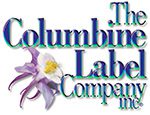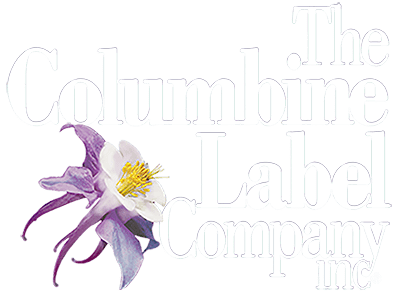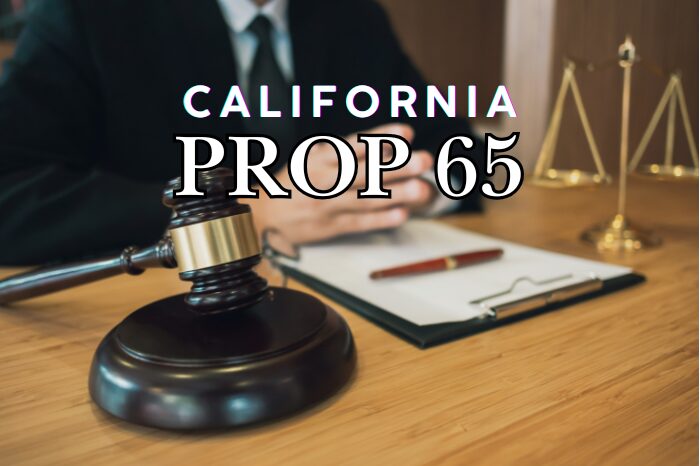California’s Proposition 65, officially known as the Safe Drinking Water and Toxic Enforcement Act of 1986, is a piece of legislation that aims to protect California residents from exposure to chemicals that are known to cause cancer, birth defects, or other reproductive harm. This law requires businesses to provide clear and reasonable warnings if their products, packaging, or environments expose individuals to any of the chemicals listed under Prop 65.
The Purpose of Proposition 65
Proposition 65 serves two main purposes:
-
To Inform Consumers: It ensures that Californians are informed about potential exposures to harmful chemicals in the products they use, the foods they consume, or the environments they visit.
-
To Encourage Reformulation: By mandating disclosure, the law incentivizes manufacturers to reformulate products to reduce or eliminate listed harmful chemicals.
Who is Subject to Prop 65?
Any business operating in California is generally subject to Proposition 65 requirements. However, there are some exemptions:
-
Small Businesses: Businesses with fewer than 10 employees are exempt from Prop 65’s warning requirements, though they are not exempt from its prohibition against discharging listed chemicals into sources of drinking water.
-
Government Agencies: State, local, and federal government entities are exempt.
-
Businesses Outside California: Companies not physically operating in California but selling products into the state may also be subject to Prop 65 if their products cause exposure to listed chemicals within California. This includes online retailers and manufacturers who ship products to California residents.
Businesses that are subject to Prop 65 must assess whether their products or operations involve exposure to listed chemicals and comply with the necessary warning and labeling requirements.
Chemicals Listed Under Proposition 65
The Prop 65 list, updated annually, contains over 900 chemicals. These chemicals include naturally occurring substances and synthetic chemicals used in:
-
Industrial processes
-
Food additives
-
Consumer products
Some major chemicals on the list include:
-
Lead: Found in old paints, pipes, and some imported goods.
-
Cadmium: Commonly used in batteries and coatings.
-
Phthalates: Used as plasticizers in vinyl and other flexible plastics.
-
Formaldehyde: Present in some building materials and cosmetics.
BPA and BPS: What Are They?
Bisphenol A (BPA) and Bisphenol S (BPS) are synthetic compounds widely used in the production of polycarbonate plastics and epoxy resins. These chemicals are found in:
-
BPA: Canned food linings, water bottles, and thermal paper receipts.
-
BPS: A common substitute for BPA, used in the same applications.
Both BPA and BPS are endocrine disruptors, meaning they can interfere with hormone functions. BPA has been listed under Prop 65 since 2015, and BPS is being scrutinized for potential similar health effects.
Packaging Implications: Does Prop 65 Cover It?
Prop 65 applies not only to consumable products but also to their packaging. For instance, if a food product is packaged in materials that contain listed chemicals (such as BPA in the lining of cans), businesses must provide a warning unless they can demonstrate that exposure levels are below the established safe harbor limits. This requirement ensures that consumers are informed about risks from both the product and its container.
What Are Safe Harbor Limits?
Safe harbor limits are exposure levels for chemicals listed under Prop 65 that are deemed to pose no significant risk. These levels are established by California’s Office of Environmental Health Hazard Assessment (OEHHA) and vary depending on whether a chemical is classified as a carcinogen or a reproductive toxin. For example:
-
For Carcinogens: The safe harbor level is the maximum daily exposure level that results in no more than a 1 in 100,000 risk of cancer over a lifetime.
-
For Reproductive Toxins: The level is the maximum daily exposure level that has no observable effect, multiplied by a 1,000-fold safety factor.
For detailed reference, the OEHHA provides a comprehensive list of safe harbor levels, which can be accessed here.
How Businesses Must Respond to Proposition 65
If businesses choose not to reformulate their products to remove Prop 65-listed chemicals, they are required to provide a clear and reasonable warning to consumers. The warning must:
-
Be Conspicuous: It should be prominently displayed on the product, packaging, or at the point of purchase.
-
Include Specific Language: The warning must clearly identify the chemical(s) involved and the associated risks. For example:
WARNING: This product can expose you to [Name of Chemical], which is known to the State of California to cause cancer [and/or birth defects or other reproductive harm]. For more information, go to www.P65Warnings.ca.gov.
-
Be Accessible: Online retailers must also provide warnings on their websites, ensuring consumers are informed before purchasing the product.
Businesses are advised to document their compliance efforts, including exposure assessments and any steps taken to determine whether warnings are necessary. Non-compliance can result in significant fines, up to $2,500 per violation per day.
Clarifications and Current Legislative Discussions
As Prop 65 evolves, legislators and stakeholders continue to debate and clarify aspects of the law. Some of the current areas of focus include:
-
Threshold Levels for Warnings: Businesses often seek clearer guidelines on what constitutes a “meaningful exposure” and when warnings are required.
-
Reformulation Incentives: Discussions center on how to support companies that reformulate products to comply with Prop 65.
-
Scientific Evaluations: Efforts to enhance transparency in the listing process for new chemicals are ongoing, ensuring that updates are based on robust scientific evidence.
Additions to the List in 2025
New chemicals are continuously evaluated for inclusion under Prop 65. In 2025, several chemicals are anticipated to be added, including:
-
Perfluoroalkyl and Polyfluoroalkyl Substances (PFAS): Used in non-stick cookware, water-resistant fabrics, and some food packaging.
-
Additional Phthalates: Common in flexible plastics and personal care products.
These additions reflect growing concerns over environmental and health impacts, as well as increased scrutiny of chemicals used in everyday items.
Conclusion
Proposition 65 remains a powerful tool for consumer protection and environmental health in California. While it has led to significant changes in product formulations and consumer awareness, it also presents challenges for businesses navigating its complex requirements. Staying informed about updates, such as the addition of new chemicals and evolving guidelines, is crucial for both consumers and businesses alike.
Columbine Label does our best to stay on top of current regulations that affect our clients. We won’t be able to answer questions specific to California’s laws, but we’ve had experience in making labels for many products with regulatory oversight, and may have some experience to share if you’re not in the know. Please contact us to get a quote and more expertise from Columbine Label Company in Denver, CO.


